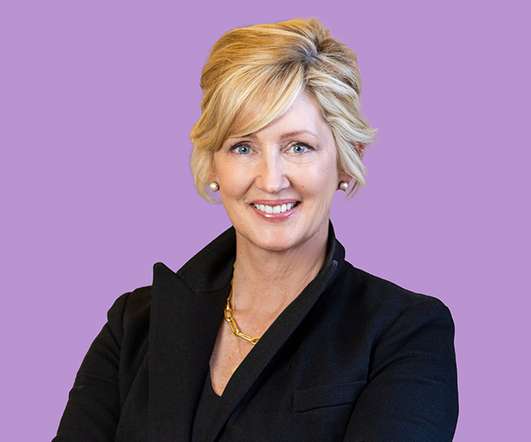Navigating the Path: What Does a Chief People Officer Really Do?
N2Growth Blog
DECEMBER 5, 2023
This executive role focuses on developing and implementing human resources strategies to manage the workforce and create a positive organizational culture. By fostering a positive organizational culture and maintaining high levels of employee engagement, the CPO contributes to creating a productive and motivated workforce.






































Let's personalize your content